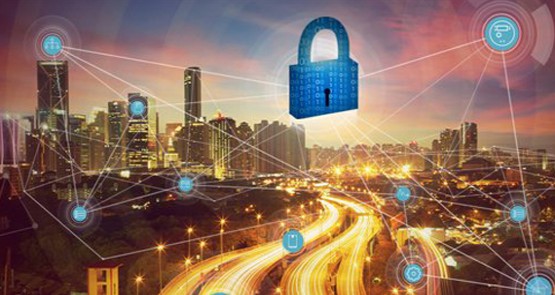
Prepaying Electricity
May 05, 2022Charging for electricity prior to consumption is a logical approach to billing that delivers several significant benefits to both the utility as well as the end consumer.
While the most obvious advantage for the utility is the ability to reduce bad debts and collections from non-paying customers, numerous other gains are made possible.
These include:
- the reduction of paper bills and mailing costs,
- the ability to finance operational expansion upfront,
- and even the reduction of overall energy use, particularly important as the world enters an era of surging energy production costs.
For customers, it provides:
- predictable energy expenses,
- prevents falling into spiraling debt,
- encourages energy conservation,
- and eliminates the need for a sizable upfront deposit.
Despite the obvious benefits for both affected parties, a myriad of difficulties have traditionally confronted—and often effectively deterred—utilities interested in deploying “pre-paid” services.
These include:
- a large infrastructure investment in auxiliary products such as kiosks to dispense pre-paid credits,
- inflexibility in switching premises from pre-paid to traditional billing or vice versa,
- and regulatory and ethical concerns with pre-paid meters that can automatically disconnect main power on credit depletion, potentially engendering health and life safety concerns.
A fresh approach to this problem is to leverage the NES Smart Metering System to take advantage of the benefits of prepay quickly and economically, while minimizing, if not outright eliminating, the standard drawbacks.
The fundamental difference between the NES System and traditional prepay systems is that NES is built upon an open, bi-directional, and extensible infrastructure, inherently enabling a comprehensive range of utility applications. Each meter is treated as a fully-accessible, intelligent network device, capable of two-way communications and programming, in addition to standard autonomous operations. This architecture allows a utility to create an extremely intelligent, flexible, and powerful system that can be remotely managed for its entire lifetime, despite the changing needs of specific customers and regulatory agencies.
All NES meters are capable of operating as prepaid meters, and converting from traditional billing to prepaid operation only requires a software command from the central enterprise system. In other words, no site visits are required to convert a premise to or from prepaid operation. Furthermore, a main premise disconnect switch is integrated into the meter, so supplemental hardware installations are not required.
In deference to the social and ethical concerns facing the use of complete disconnection on depletion of credits, the NES System additionally supports switching to a throttled form of service that allows only a critical amount of power to the residence. This “lifeline service” simultaneously allays any health concerns, while still providing strong motivation for the customer to purchase additional credits. Additionally, there is a provision for “emergency credit,” allowing the customer a configurable amount of additional energy usage beyond credit depletion to permit additional time to replenish their account.
Perhaps it is time for DSOs to reconsider the use of prepayment.
You may also want to read: Rapfund: Helping Landlords and Tenants Jointly Benefit from the Sub-metering Model




